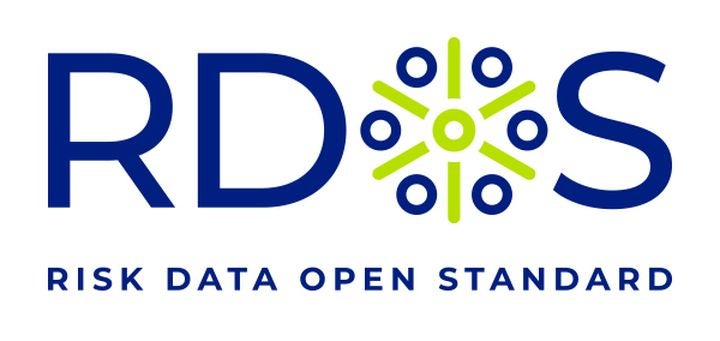Data – the buzzword of the decade. The world understands its value, but the insurance industry has not only lagged behind in exploiting data, it has also created huge inefficiencies in how it is handled and exchanged. This situation needs urgent attention, but no single company is going to solve this problem – it will take collaboration.
The data that drives risk analytics has proven particularly tricky to handle and leverage. Right now, the standards the industry uses are decades-old property cat schemas – venerable workhorses that took the industry from an almost total lack of exposure data to a relatively high degree of understanding. They transformed how property cat risk is transacted, priced, and managed. But these old formats have run their course and if we want to gain meaningful efficiency, improve profitability, and pursue new opportunities beyond property cat. The industry needs an improved standard.
Fortunately, an intriguing possibility exists. Over the past several years, RMS has researched and built a comprehensive and flexible new data container called a Risk Data Object. This data specification can handle any type of model, any line of business, and any financial terms and conditions.

It also contains a complete and auditable record of an analysis, eliminating the inefficiency caused by incomplete information in today’s standards. Risk Data Objects are also backward compatible with the existing RMS EDM and RDM (and could be compatible with any existing standard), so companies aren’t forced to immediately revise systems and processes – they can adopt as they see value in doing so.
Despite these benefits, however, it is unrealistic to expect the world to adopt a new standard overnight, conversion to a new standard will require industry buy-in and collaboration. This means that a new standard can’t have its development dictated, by a single company, and for this reason RMS has decided to donate the Risk Data Object as open industry standard – the Risk Data Open Standard (RDOS) to the insurance industry.
As of today – January 31, 2020, the RDOS became available via the open source software development platform GitHub. That means it can be used by anyone, with:
No fees
No royalties
Anyone will be able to implement the RDOS, use the format in their products, and make suggestions about how it can be improved for all. The industry can collaborate to build a single, technically advanced container for exposure analytics – potentially consolidating everything we need to understand around exposure and loss for an analysis or transaction into one universally accepted container.
To collaboratively guide the development of the Risk Data Open Standard, a Steering Committee of industry leaders has been formed – currently consisting of 15 companies. Please visit RiskDataOS.com for updates and the latest news.
Now the standard has had its public release, anyone can suggest changes and improvements and the Steering Committee will prioritize the nature and scope of improvements. Should a new line of business be created? Does a company wish to add its model parameters to the standard? The possibilities are exciting, and the Steering Committee will work with the industry to decide how improvements are made and when.
Collaboration is the future! Our industry must stop re-inventing the wheel every time we create a new view of risk. If we continue to work in silos our expenses will climb, and potential creativity will be lost to the mundane and outdated ways we work today. Let’s move forward together. Want to know more about the Risk Data Open Standard? Take look at RiskDataOS.com or go to the RDOS project on GitHub.






